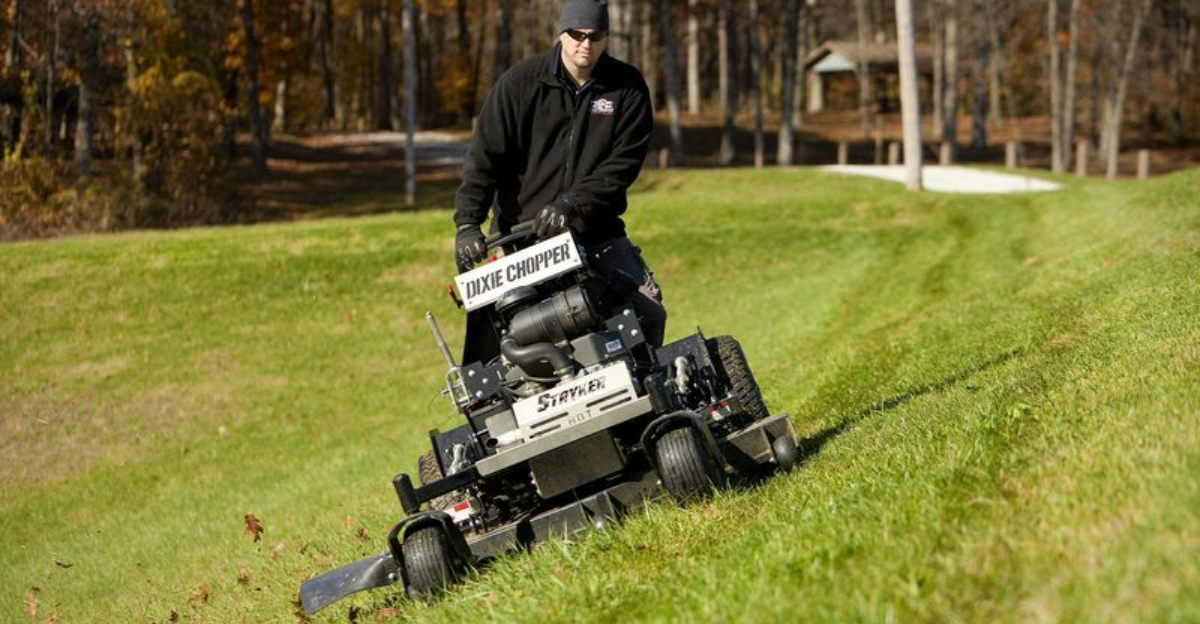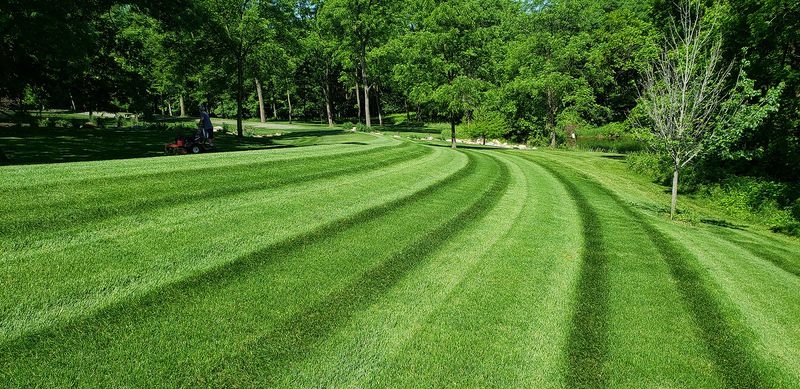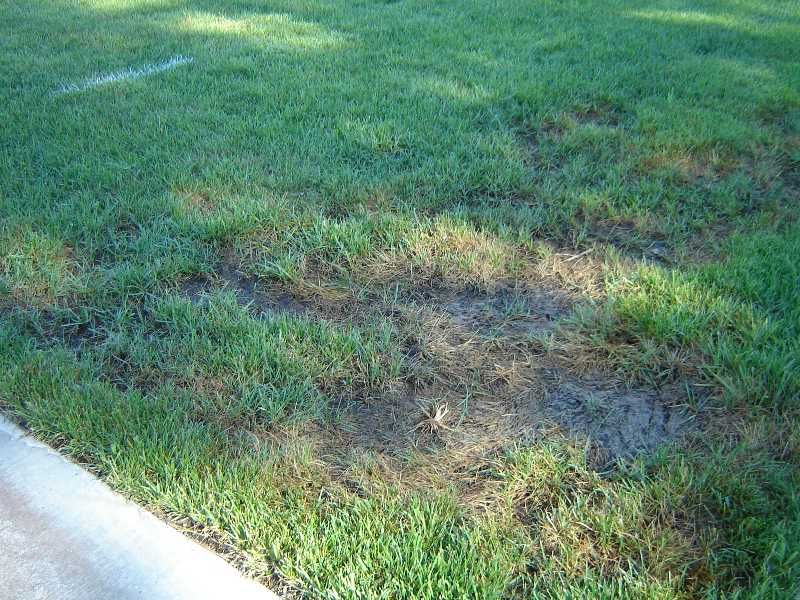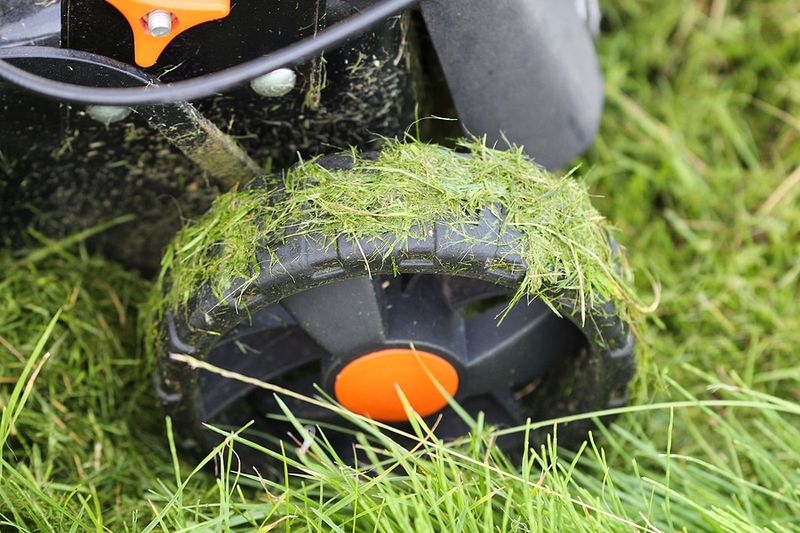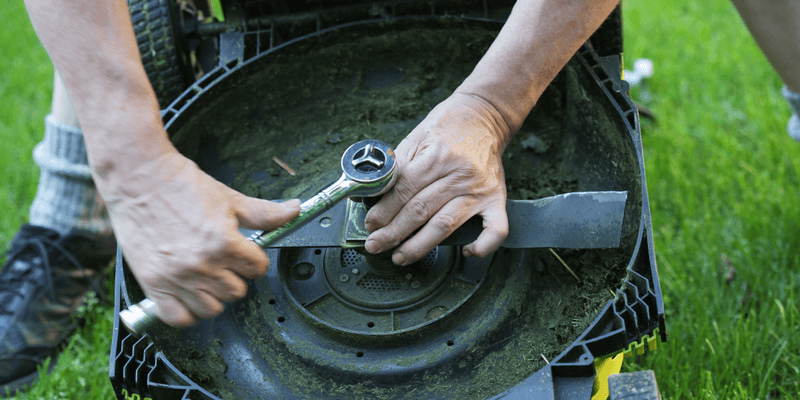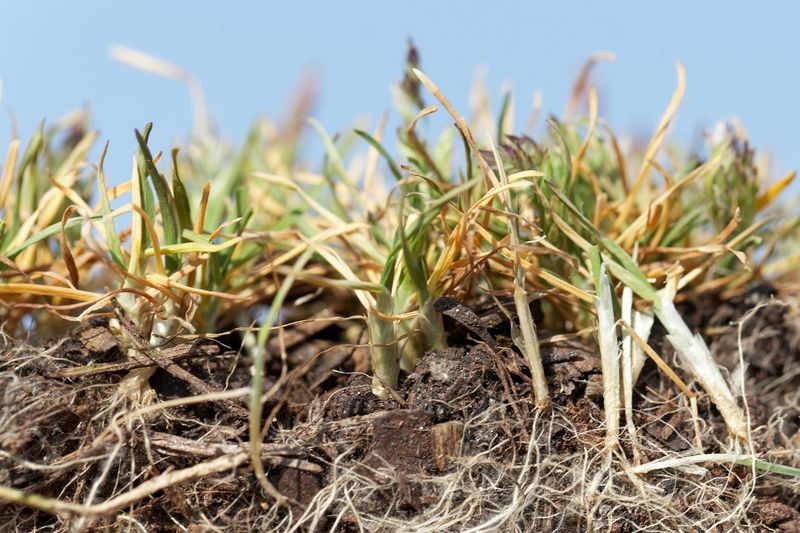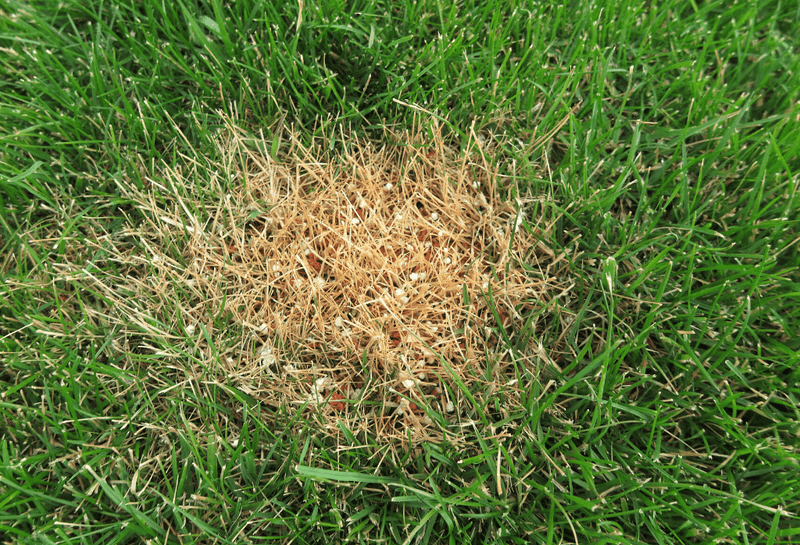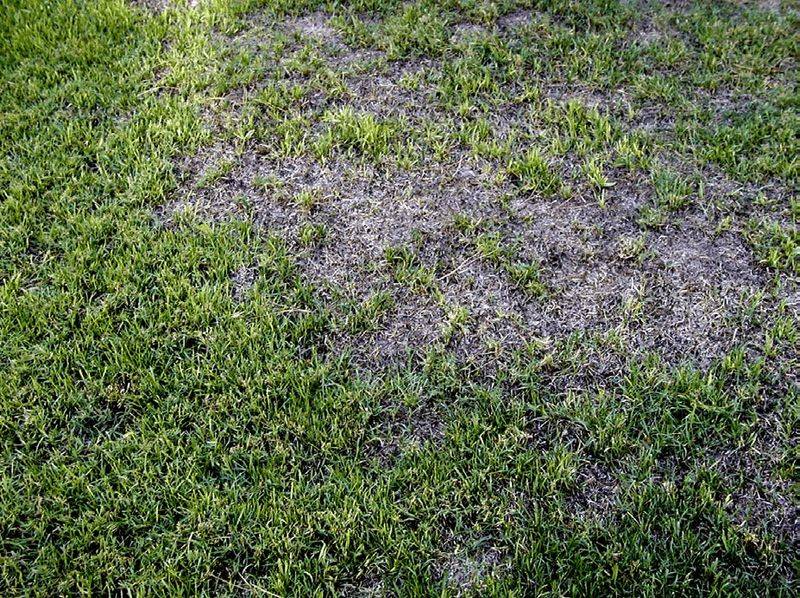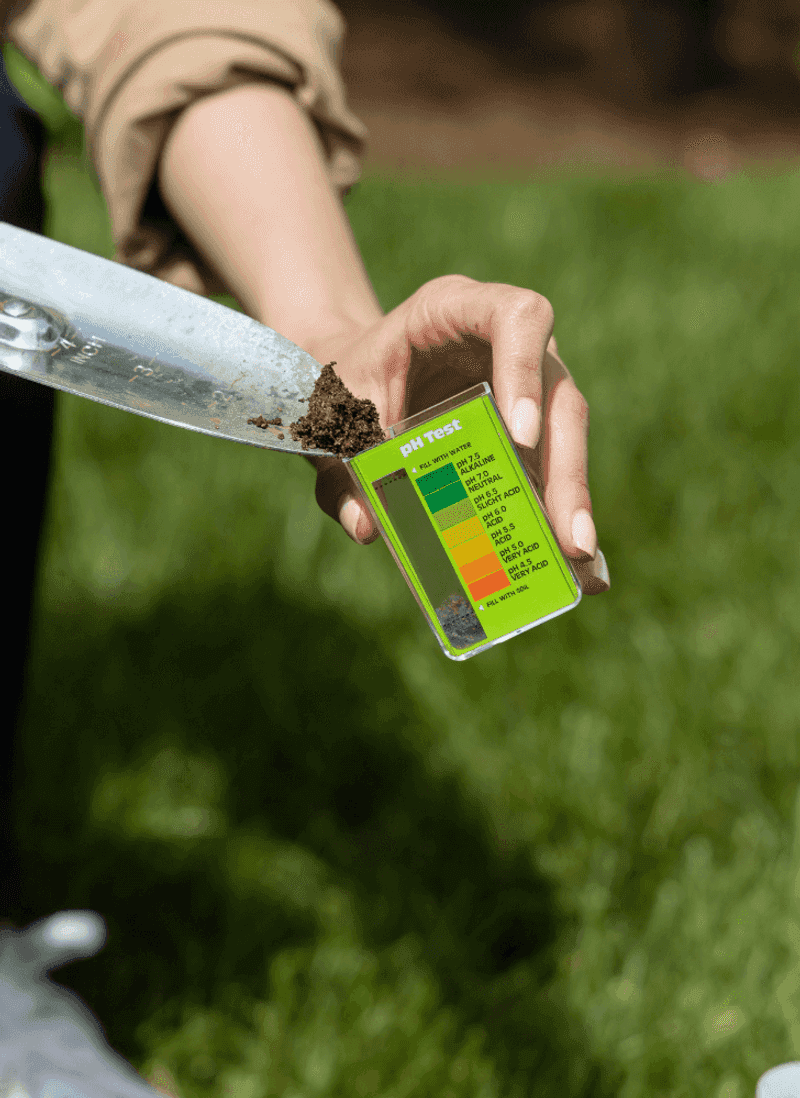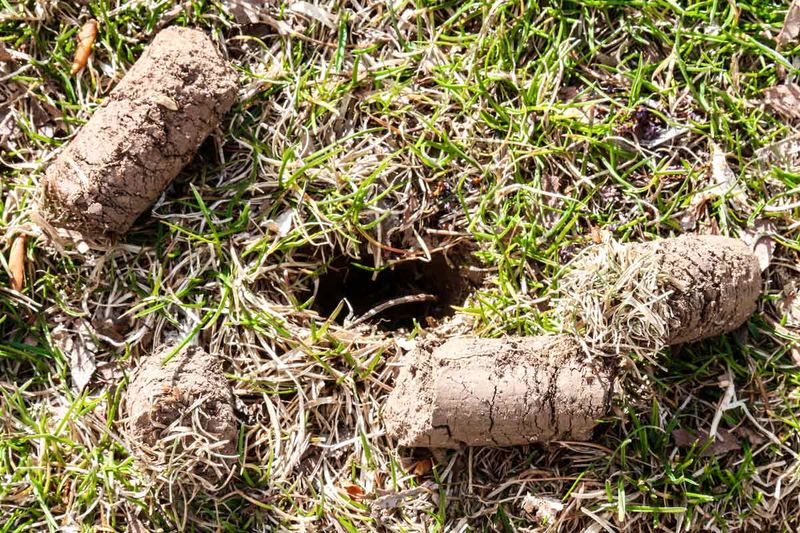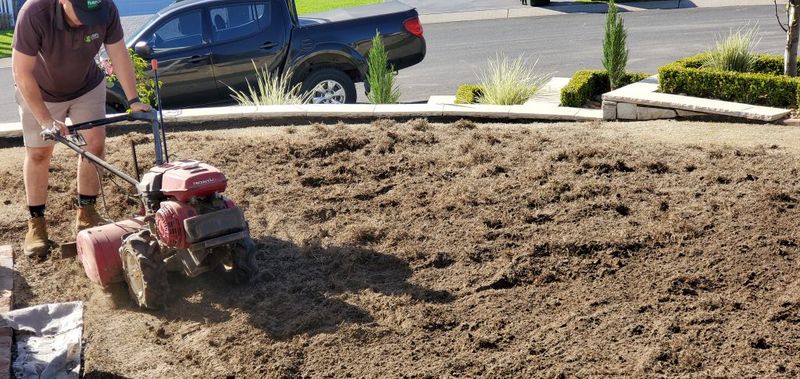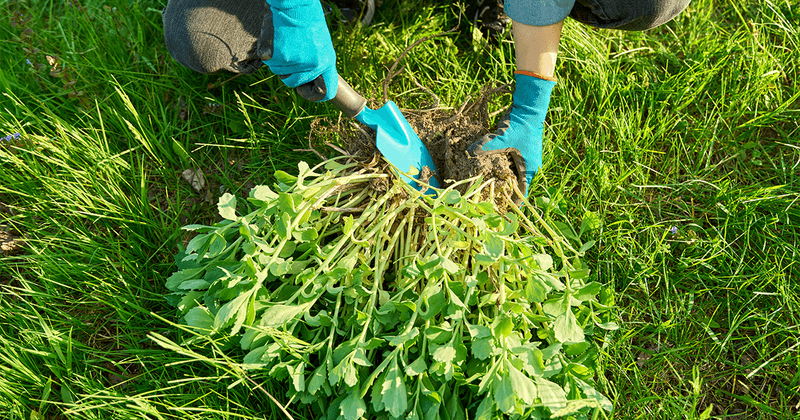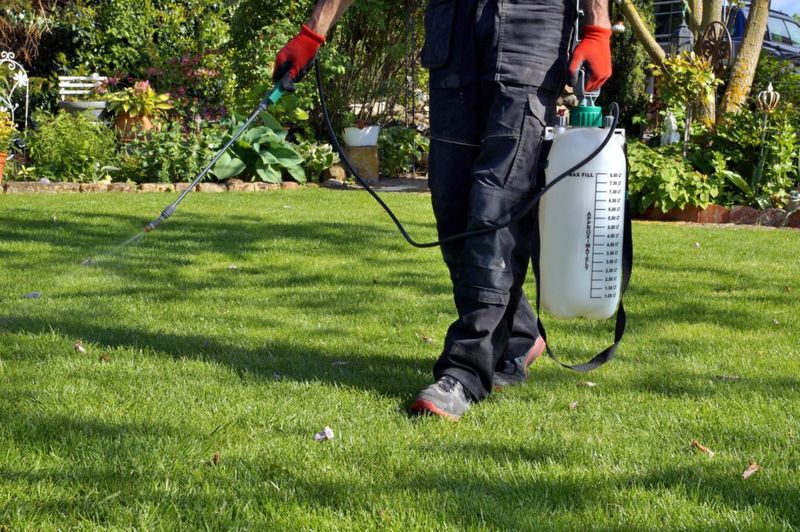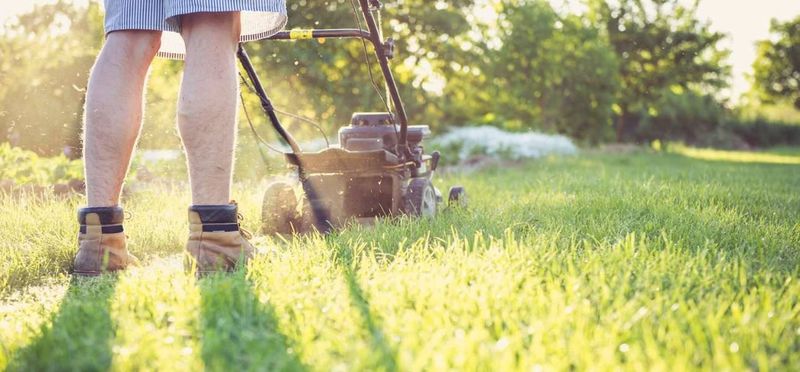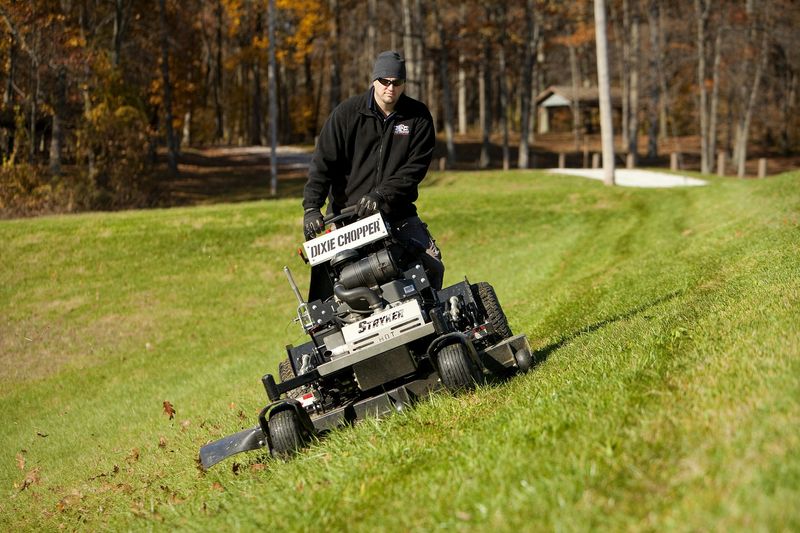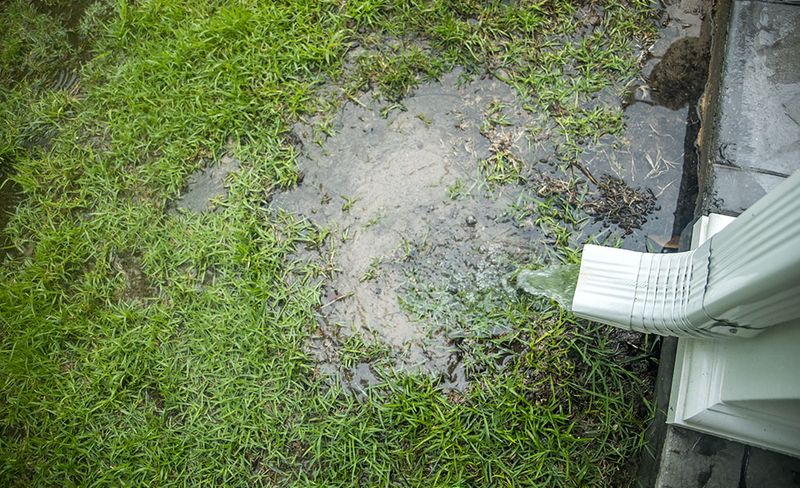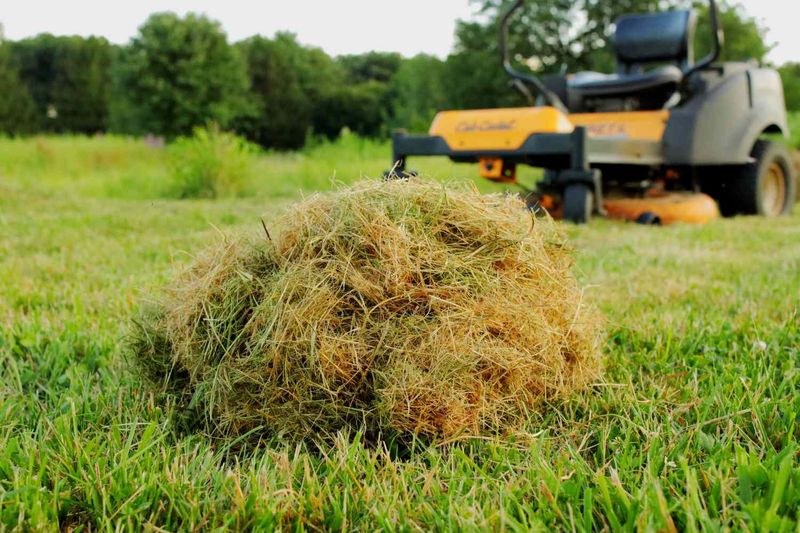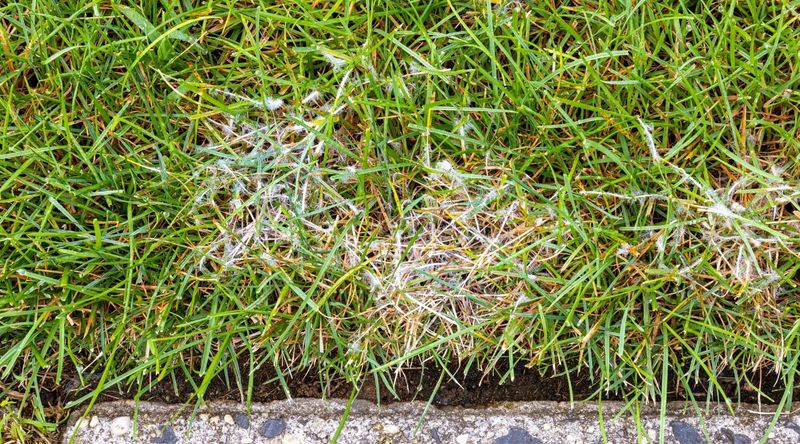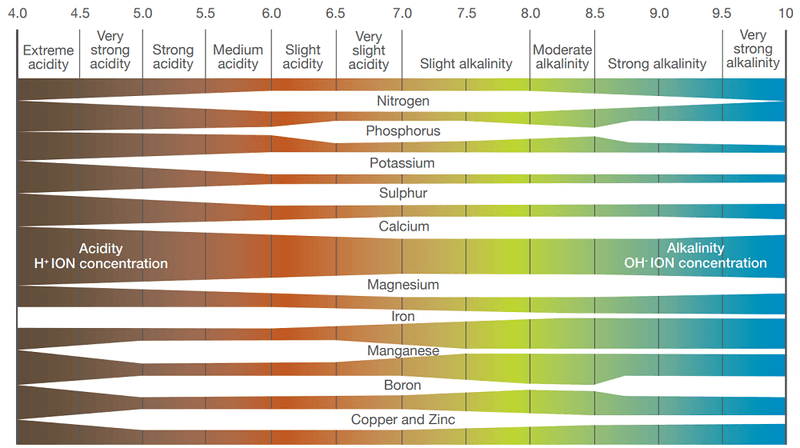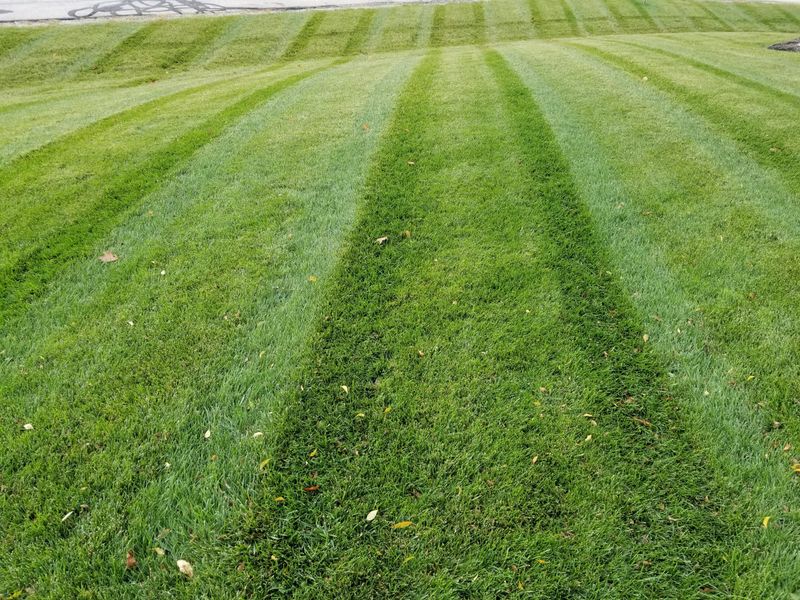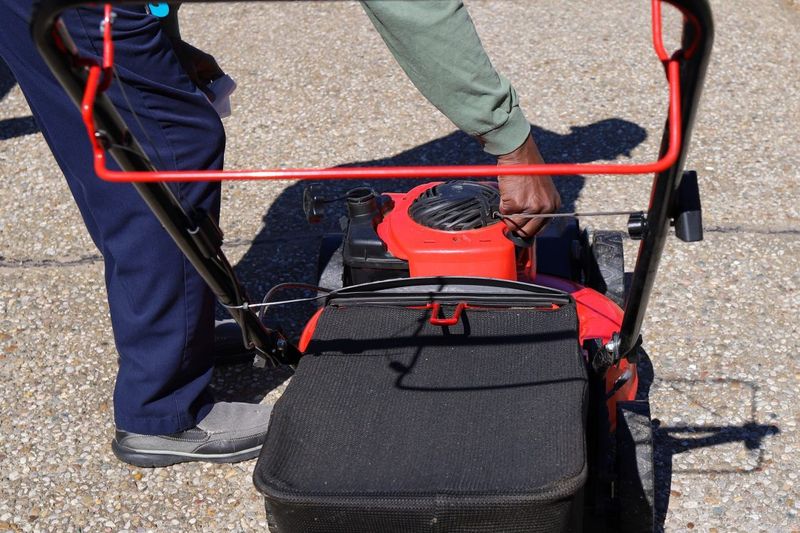A lush, green lawn is the pride of every homeowner, but maintaining that perfect patch of grass requires avoiding common pitfalls. From mowing to watering, the choices you make can have lasting impacts on your lawn’s health and appearance.
This guide highlights 20 critical mistakes to steer clear of, ensuring your lawn remains vibrant and well-cared for. Let’s explore the actions you should avoid to keep your lawn thriving all season long.
1. Mow your lawn too short, risking scalping and stress
Mowing your lawn too short can lead to scalping, which stresses the grass and leaves it vulnerable to pests and diseases. The grass needs a certain amount of leaf surface to photosynthesize and grow strong roots.
When cut too short, it can’t produce the energy needed to thrive. Over time, this can result in weak, sparse turf that’s more susceptible to weeds. Allowing the grass to grow taller helps shade the soil, preventing weed seeds from germinating.
Always adhere to the “one-third rule,” never cutting more than one-third of the grass blade height at once.
2. Water excessively, leading to waterlogged roots and disease
Watering your lawn excessively can lead to waterlogged soil, suffocating the grass roots and promoting fungal diseases. Grass needs air as much as it needs water; too much moisture keeps oxygen from reaching the roots.
Healthy lawns require a balance of water and air to thrive. Instead of frequent shallow watering, aim for less frequent, deeper irrigation. This encourages roots to grow deeper, making the lawn more drought-resistant.
Monitor the weather and adjust your watering schedule accordingly to prevent overwatering and maintain a healthy lawn.
3. Mow when the grass is wet, which can cause uneven cuts and clumping
Mowing wet grass can lead to uneven cuts and clumping, which can damage your lawn’s appearance. Wet grass blades are slippery, causing the mower to tear rather than cut cleanly.
This can leave behind an unsightly finish and make your lawn more susceptible to disease. Clumps of wet grass can smother the growing turf beneath, leading to brown patches.
It’s best to wait for the grass to dry before mowing to ensure a clean cut and maintain the lawn’s aesthetic appeal.
4. Use dull mower blades that tear rather than cut the grass
Dull mower blades tear the grass instead of cutting it cleanly, leaving jagged edges that can lead to browning and disease. A sharp blade ensures a clean cut, which promotes healthy grass growth and a lush appearance.
Ragged cuts make it easier for pests and diseases to infiltrate your lawn, compromising its health. Regularly check and sharpen your mower blades to maintain optimal cutting performance.
This simple maintenance task can make a significant difference in the overall health and appearance of your lawn.
5. Ignore thatch buildup, suffocating your turf over time
Thatch, a layer of dead grass and roots, can build up over time and suffocate your lawn if ignored. This layer prevents water, nutrients, and air from reaching the soil and roots. As thatch thickens, it creates an ideal environment for pests and diseases to thrive.
Regular dethatching, either manually or with a machine, helps keep this layer under control. By maintaining a manageable thatch level, your lawn can remain healthy and vibrant, with nutrients and moisture reaching the roots efficiently.
6. Over-fertilize, potentially burning the grass and harming soil health
Over-fertilizing your lawn can lead to chemical burns, damaging the grass and harming soil health. Excessive nutrients can cause rapid growth, leading to weak, spindly grass. This makes the lawn more susceptible to stress and disease.
It’s essential to follow the recommended application rates and schedules for your specific grass type and soil conditions.
Regular soil testing can help determine the right amount of fertilizer needed, ensuring a balanced nutrient supply without overloading the system.
7. Apply chemicals on scorching days, which can damage your lawn
Applying chemicals on hot days can cause the grass to burn and the chemicals to volatilize, reducing their effectiveness. High temperatures can stress the lawn, making it more vulnerable to chemical damage.
It’s best to apply lawn treatments during cooler parts of the day, such as early morning or late afternoon. This minimizes stress on the grass and ensures that the chemicals work effectively.
Always follow the product instructions and consider weather conditions before application to protect your lawn’s health.
8. Rely on one-size-fits-all lawn care products without testing your soil
Using generic lawn care products without testing your soil can lead to imbalances and ineffective treatment. Every lawn has unique soil composition and nutrient needs, so a one-size-fits-all approach may not address specific issues.
Soil testing provides valuable insights into your lawn’s requirements, allowing you to tailor fertilization and treatments accordingly.
By understanding your soil’s pH and nutrient levels, you can select appropriate products that enhance grass growth and health, avoiding unnecessary or harmful applications.
9. Skip regular aeration, limiting oxygen and nutrient flow to roots
Skipping regular aeration can lead to compacted soil, restricting oxygen and nutrient flow to the grass roots. Compacted soil makes it difficult for water to penetrate, leading to poor root development.
Aeration involves perforating the soil with small holes to allow air, water, and nutrients to reach the roots. This process helps alleviate soil compaction and enhances grass health.
Routine aeration, especially in high-traffic areas, ensures that your lawn receives the essential elements needed for robust growth.
10. Over-seed without properly preparing the soil, resulting in poor germination
Over-seeding without proper soil preparation can lead to poor germination and uneven growth. Seeds need good soil contact and the right conditions to sprout successfully. Before over-seeding, it’s crucial to prepare the soil by loosening it and removing debris.
This creates an ideal environment for seeds to take root and thrive. Proper seeding techniques, combined with adequate watering and care, ensure that new grass establishes well, filling in bare spots and enhancing the overall lawn appearance.
11. Neglect weed infestations, allowing them to crowd out healthy grass
Neglecting weed infestations can lead to weeds crowding out healthy grass, resulting in a patchy, unattractive lawn. Weeds compete for nutrients, sunlight, and water, undermining grass health.
Regular monitoring and timely intervention are key to managing weeds effectively. Hand-pulling, targeted herbicide application, and maintaining a dense, healthy lawn can help prevent weeds from taking over.
A proactive approach ensures that your lawn remains lush and free from invasive species.
12. Use excessive herbicides or pesticides, harming beneficial organisms
Using excessive herbicides or pesticides can harm beneficial organisms, disrupting your lawn’s ecosystem. These chemicals can kill not only pests but also helpful insects and microorganisms that aid in lawn health.
Overuse can lead to chemical resistance in pests and damage to the grass itself. It’s crucial to apply these products sparingly and follow instructions carefully.
Integrated pest management practices, such as encouraging natural predators, can reduce chemical reliance and promote a balanced lawn environment.
13. Mow at irregular intervals that stress your lawn’s growth cycle
Mowing at irregular intervals can stress your lawn’s growth cycle, leading to uneven growth and a weakened turf. Consistent mowing schedules help maintain a uniform appearance and support healthy grass development.
Varying the time between mowings can cause some areas of the lawn to become too long, shading out others and creating an uneven lawn.
Sticking to a regular mowing routine, tailored to your grass type and growth rate, ensures an even, robust lawn that’s better equipped to resist weeds and diseases.
14. Mow on steep slopes without taking safety precautions
Mowing on steep slopes without taking safety precautions can lead to accidents and uneven mowing. Slopes present unique challenges, requiring careful handling of the mower to avoid tipping.
For safety, use a lightweight mower and mow across the slope rather than up and down. Consider using a trimmer for very steep areas to maintain a neat appearance without risking injury.
Ensuring safety while mowing these areas prevents accidents and maintains the lawn’s aesthetic appeal.
15. Ignore drainage issues that lead to persistent soggy patches
Ignoring drainage issues can lead to persistent soggy patches, damaging the grass and promoting disease. Poor drainage keeps the soil waterlogged, suffocating roots and creating an ideal environment for fungal infections.
Identifying and addressing drainage problems, such as adjusting the lawn slope or installing drain tiles, helps maintain a dry, healthy lawn.
Proper grading and drainage solutions ensure that water moves away efficiently, protecting the grass from prolonged moisture exposure.
16. Let grass clippings pile up if you’re not mulching properly
Letting grass clippings pile up without proper mulching can smother your lawn, depriving it of sunlight and air. Clippings left in thick layers may not decompose quickly enough, leading to thatch buildup.
Mulching involves cutting the clippings into smaller pieces, which decompose quickly and return nutrients to the soil. If mulching isn’t an option, collecting the clippings and composting them is another viable solution.
Proper handling of clippings ensures a clean, healthy lawn with natural nutrient recycling.
17. Water in the evening, increasing the risk of fungal diseases
Watering your lawn in the evening can increase the risk of fungal diseases, as the grass remains damp overnight. Prolonged moisture encourages the growth of fungi, which can damage your lawn. To minimize this risk, water your lawn in the early morning.
This allows the grass to dry quickly as the sun rises, reducing the chance of disease. Morning watering ensures that grass receives adequate moisture while minimizing the conditions that promote fungal infections.
18. Disregard soil pH adjustments, affecting nutrient availability
Disregarding soil pH can affect nutrient availability, leading to poor lawn health. Different grass types require specific pH levels to absorb nutrients effectively.
A pH imbalance can cause the grass to become deficient in essential nutrients, resulting in yellowing or stunted growth. Regular soil testing helps identify pH issues, allowing for timely amendments such as lime or sulfur.
Adjusting the soil pH ensures that nutrients are available to the grass, promoting vibrant growth and a lush appearance.
19. Use improper mowing patterns that create uneven wear
Improper mowing patterns can create uneven wear on your lawn, leading to an unsightly appearance. Repeatedly mowing in the same direction causes the grass to lean and wear unevenly.
Changing the mowing pattern regularly helps distribute the wear evenly and prevents ruts from forming. This practice encourages upright growth and contributes to a uniform, attractive lawn.
By varying your mowing direction, you can maintain a healthy and visually appealing landscape.
20. Neglect regular maintenance of your lawn equipment, reducing efficiency
Neglecting regular maintenance of your lawn equipment can reduce efficiency and quality of care. Equipment that isn’t well-maintained may not perform optimally, leading to poor results and increased effort.
Regular checks, cleaning, and timely repairs keep tools in good working condition, ensuring effective lawn care. Sharp blades, well-oiled machinery, and functioning tools make maintaining your lawn easier and more efficient.
Investing time in equipment maintenance pays off in better lawn health and a reduced risk of mechanical issues.
